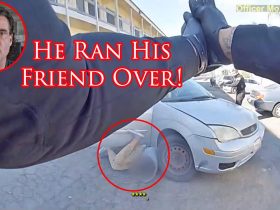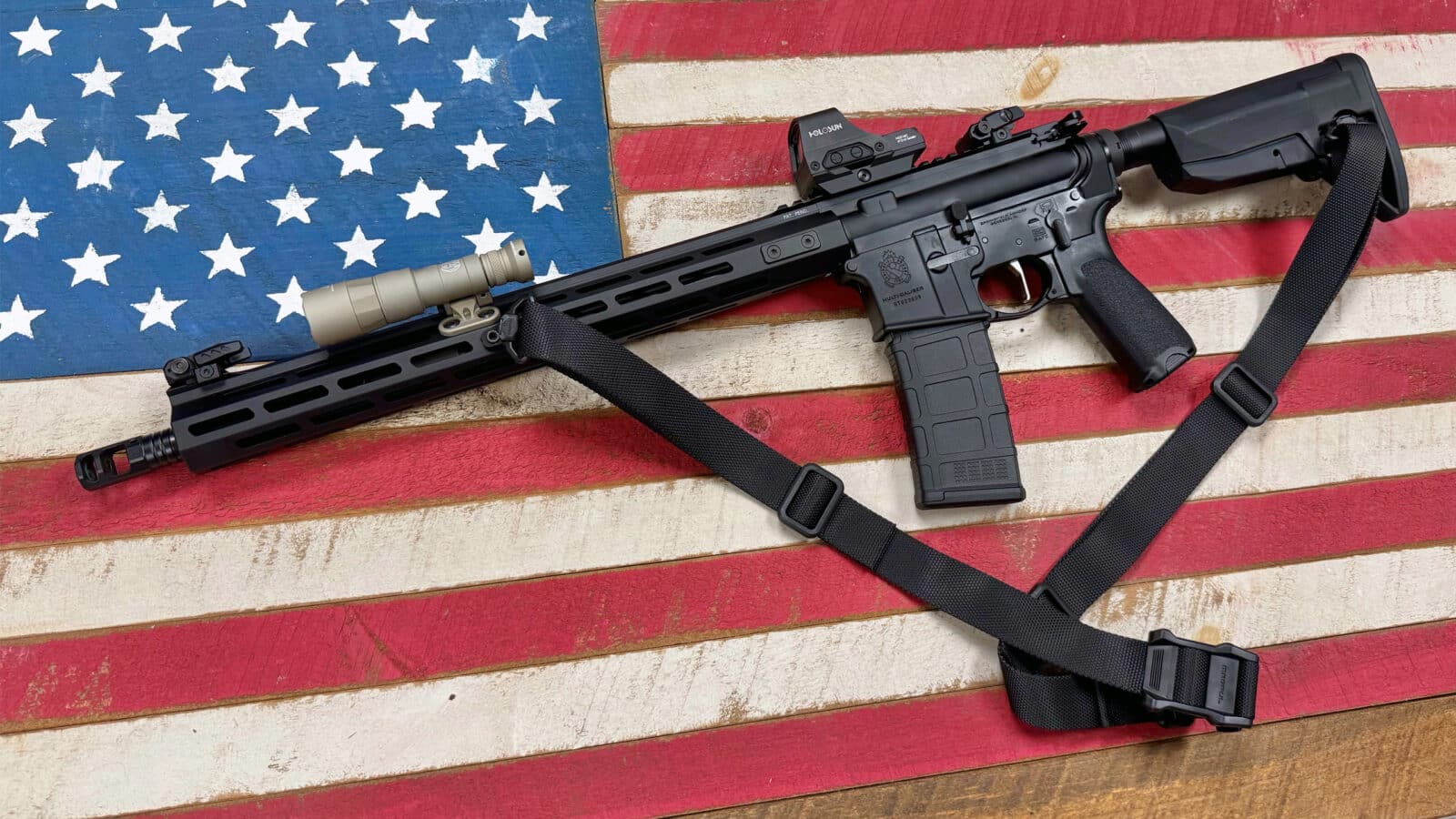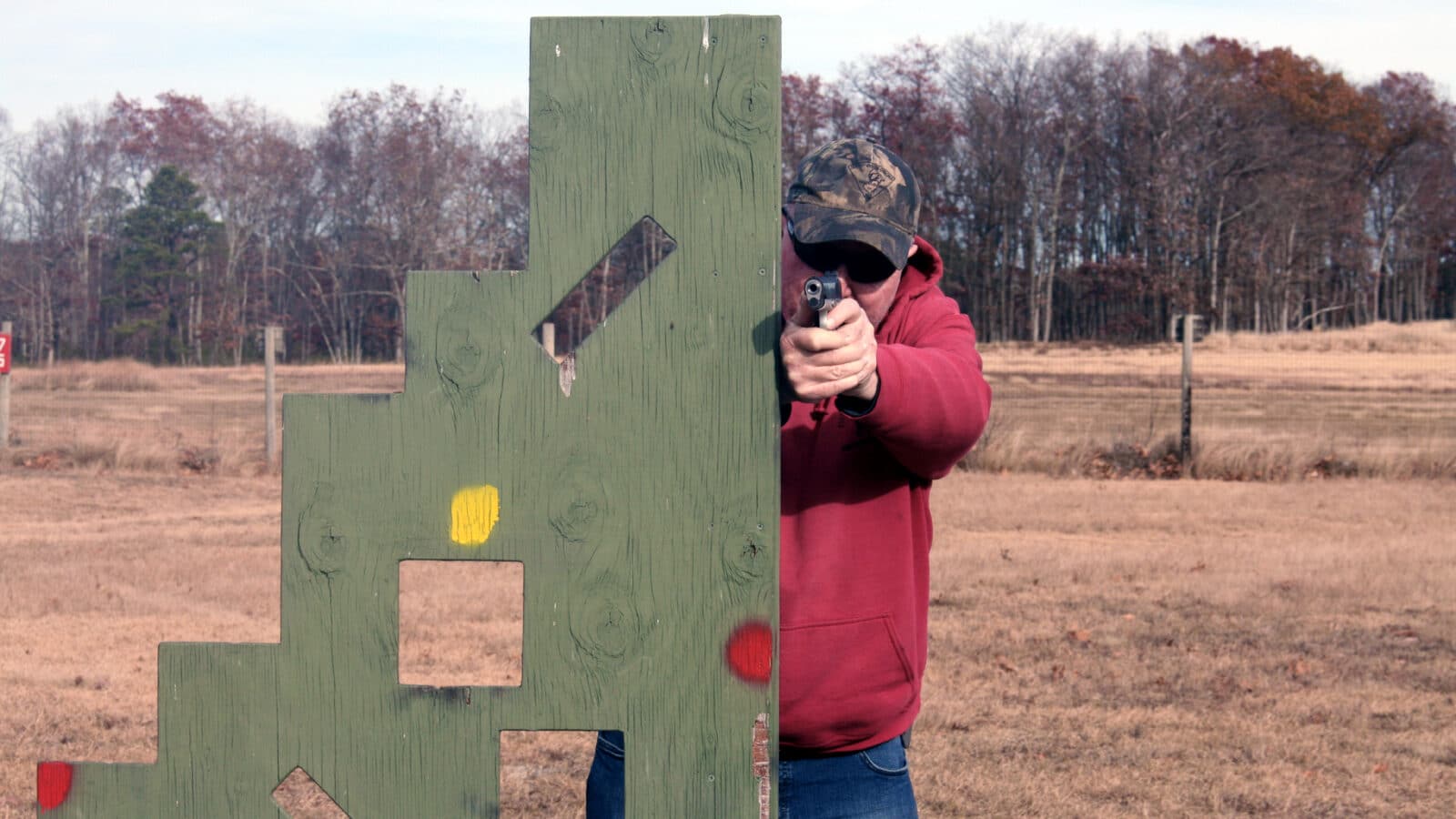Educating children about firearm safety is a lifelong process that evolves as they grow. Tailoring your approach to their age and maturity ensures the message is both understandable and effective. By introducing age-appropriate lessons, parents can build a foundation of respect and safety around firearms, reducing curiosity-driven risks and instilling responsible attitudes. Below is a guide for teaching firearm safety across various age groups.
Early Childhood (Ages 3-6)
Young children are naturally curious about their environment, and this is the stage when their sense of boundaries and rules is still developing. At this age, it’s critical to teach them a basic but firm understanding of firearms as off-limits objects.
Key Lessons:
- “Stop, Don’t Touch, Leave, Tell”:
Introduce the National Rifle Association’s (NRA) Eddie Eagle GunSafe® program, which uses this simple mantra to help young children remember what to do if they encounter a firearm. - Reinforce Firearms Are Not Toys:
Use simple, direct language to explain that firearms are dangerous and not meant for playing. Avoid showing children movies or games that glorify gun use at this age, as this can blur the distinction. - Consistency Is Key:
Reiterate the rules frequently. Children at this age benefit from repetition, as they’re still developing the ability to retain and apply safety lessons.
Teaching Tips:
- Use picture books or videos that are specifically designed to teach firearm safety in a child-friendly way.
- Set clear, simple rules, such as “Never touch a gun. Always tell an adult immediately.”

Elementary School Age (Ages 7-10)
By this stage, children begin to develop critical thinking skills and can grasp more nuanced concepts, such as cause and effect. This is the time to introduce more detailed discussions about firearm safety while reinforcing the lessons taught earlier.
Key Lessons:
- Understanding Consequences:
Explain the potential harm that firearms can cause if mishandled. Use age-appropriate language to describe why they are not safe for children to handle alone. - Respect vs. Fear:
Teach respect for firearms without fostering fear. Children should understand that firearms are tools that require responsibility and care. - Handling Peer Influence:
Empower children to say no if a friend or peer tries to encourage unsafe behavior with a firearm. Discuss scenarios where they might feel pressured and rehearse responses.
Teaching Tips:
- Use role-playing scenarios to practice what to do if they see a firearm, focusing on leaving the area and telling an adult.
- Introduce educational resources, such as safety videos or interactive apps designed for this age group.

Pre-Teen Years (Ages 11-13)
Pre-teens are more likely to encounter firearms in movies, video games, or even real-life scenarios, especially if they visit homes where firearms are present. This is a critical period to deepen their understanding of responsibility and begin introducing concepts of proper handling if appropriate.
Key Lessons:
- Firearms as Tools, Not Toys:
Explain that firearms have specific purposes, such as hunting or self-defense, and emphasize the importance of proper training and respect. - The Basics of Safe Handling (If Appropriate):
If your family uses firearms for hunting or sport shooting, this is the time to begin teaching basic handling skills under strict supervision. Start with unloaded firearms and focus on the 4 Rules of Gun Safety. - Understanding Legal and Ethical Responsibilities:
Introduce discussions about firearm laws and ethical considerations. Explain why proper storage and handling are essential to keeping everyone safe.
Teaching Tips:
- Consider enrolling your child in a firearm safety course offered by certified instructors. This provides professional instruction in a controlled environment.
- Use real-world examples (such as news stories) to discuss the consequences of mishandling firearms.

Teenagers (Ages 14-18)
Teenagers are more capable of understanding complex ideas and the serious implications of firearm misuse. At this stage, the focus should be on responsible decision-making, self-control, and advanced safety practices.
Key Lessons:
- Reinforcing Safe Handling Practices:
If your teenager participates in activities like hunting, target shooting, or competitions, ensure they understand advanced safety protocols, including maintaining situational awareness and proper use of protective equipment. - Understanding the Role of Firearms in Society:
Discuss the broader context of firearms, including their use in self-defense, law enforcement, and military settings. Encourage critical thinking about the balance between rights and responsibilities. - Peer and Social Media Influence:
Teenagers often face peer pressure or encounter content online that glorifies unsafe firearm use. Teach them how to critically evaluate what they see and to resist participating in risky behavior. - Respecting Privacy and Security:
Stress the importance of not sharing information about firearms in the home with friends or on social media. Keeping this information private reduces risks of theft or misuse.
Teaching Tips:
- Encourage teenagers to take ownership of their knowledge by helping them teach younger siblings about firearm safety under your guidance.
- Discuss and set boundaries for firearm use, ensuring they understand the consequences of breaking safety rules.
Teaching Firearm Safety in Special Situations
Homes with Mixed-Age Children:
If you have children of different ages, tailor the message for each group while maintaining consistent household rules. For example, while a teenager may receive detailed handling lessons, younger children should still be taught not to touch firearms under any circumstances.
Visits to Other Homes:
Children may encounter firearms at friends’ houses, where storage rules might differ. Teach your children to apply the same safety protocols no matter where they are and to alert you if they feel unsafe.
Families with Regular Firearm Use:
If your household uses firearms frequently for hunting, sport, or other purposes, integrate safety education into these activities. Normalize safe handling and storage as part of the process.
Final Thoughts on Teaching Children Firearm Safety
Teaching firearm safety is not a one-time conversation but an ongoing dialogue that evolves with your child’s development. By tailoring lessons to their age and reinforcing key principles at every stage, you create a culture of safety and respect that will last a lifetime. Whether your child grows up to be a firearm owner or not, the skills and knowledge you impart will help them make responsible choices in any situation.
Safety Tip: Start firearm safety education early and revisit it often. Children are more likely to follow safety rules when they hear them consistently and see them practiced at home.
Read the full article here


















Leave a Reply